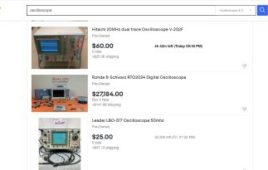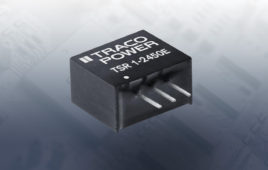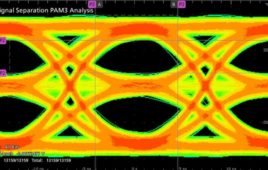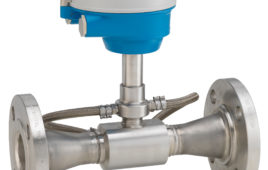Transducers for Equipment Monitoring and More
Both types are low-cost and easy to find, and both have advantages and disadvantages depending on the environment in which they are being used. This article will explore both the pros and cons of these two analog signals.
DC Voltage (0-5 V, 0-10 V)
DC voltage is a very basic analog signal which gives you excellent resolution, is easy to connect and troubleshoot, and is well suited to lab environments. The sensors, which use a voltage output, tend to be quick and easy to connect. They require an input excitation voltage and have an easy to identify output wire carrying the measured signal.
However, a voltage signal is not a good fit if you are planning on using it in an industrial environment. Even when using shielded wire, the signal is highly susceptible to interference from high voltage ac, motors, pumps, relays, etc. The signal is also susceptible to voltage drops on log runs of signal wire.
DC Current (4-20 mA)
In contrast, a dc current loop offers several advantages in industrial settings. This signal is not as susceptible to electrical interference from high voltage ac, motors, pumps, or relays, nor is it susceptible to signal loss due to the length of the wiring run (voltage drop). A 4-20 mA loop can also power multiple devices using one excitation source and requires much fewer wires. Additionally, a 4-20 mA signal offers fairly easy fault detection because its ‘0’ point is at 4 mA. So, if a negative reading is shown in the scaled readings, there’s likely a problem with the signal.
However, a 4-20 mA signal will not give you the same resolution as a voltage signal so it is not necessarily recommended for use in a lab environment. Another drawback of a 4-20 mA signal is that you will generally require shunt resistors to take a reading on most data logging equipment.
While there are many other considerations to take into account when choosing a transducer, environment and signal distance should be your main factors. Hopefully, this outline has given you a good basis for the best signal choice between voltage and current.
CAS DataLoggers, Inc.
www.dataloggerinc.com
Filed Under: Test & Measurement Tips, Motors • dc




